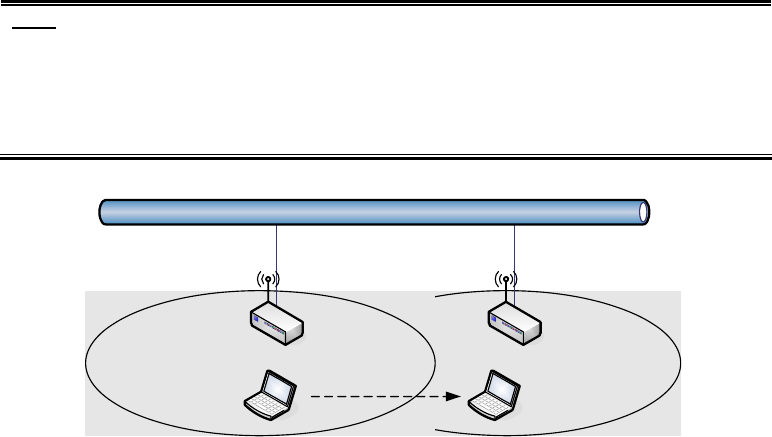
29
can be useful in areas where many client devices are associating with the
device, or in areas where the clients are far apart and can detect only the
device and not each other. You can enter a setting ranging from 0 to 2347
bytes.
Data Rate
The standard IEEE 802.11b/11g supports 1, 2, 5.5, 11 / 6, 9, 12, 18, 24, 36, 48
and 54 Mbps data rates. You can choose the rate that the device uses for data
transmission. The default value is “auto”. The device will use the highest
possible selected transmission rate.
Beacon Interval
The beacon interval is the amount of time between access point beacons in
mini-seconds. The default beacon interval is 100.
Broadcast SSID
Broadcasting the SSID will let your wireless clients find the device
automatically. If you are building a public Wireless Network, disable this
function can provide better security. Every wireless stations located within the
coverage of the device must connect this device by manually configure the
SSID in your client settings.
Int. Roaming
This function will let Wireless Stations roam among a network environment
with multiple devices. Wireless Stations are able to switch from one device to
another as they move between the coverage areas. Users can have more
wireless working range. An example as the following figure
You should comply with the following instructions to roam among the wireless
coverage areas.
Note: For implementing the roaming function, the setting MUST comply the
following two items.
z All the devices must be in the same subnet network and the SSID must
be the same.
z If you use the 802.1x authentication, you need to have the user profile
in these devices for the roaming station.
Ethernet
Wireless Station moves
between the coverage areas
DEV1 DEV2


















